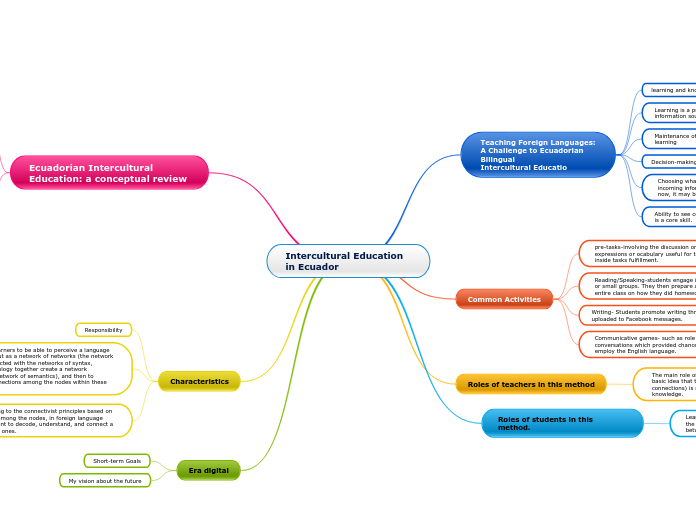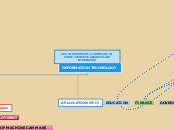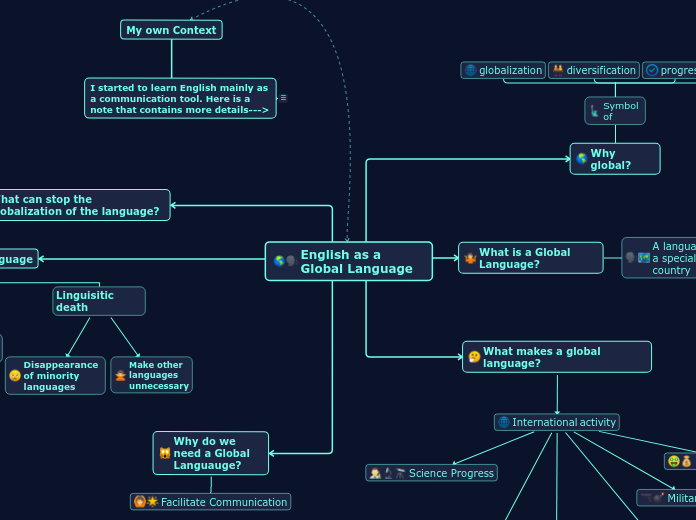von michelle gomez Vor 3 Jahren
260
Intercultural Education in Ecuador
In Ecuador, intercultural education, especially in the context of bilingualism and foreign language teaching, emphasizes the dynamic nature of knowledge. Learning is viewed as a continuous process that depends on the diversity of opinions and the ability to form connections between various fields and ideas.









